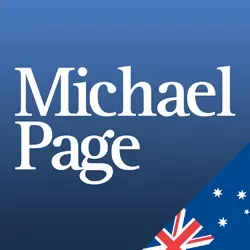Hiring goals for 2022



While the start of the year is the perfect time to set personal goals, it’s also an ideal opportunity to evaluate your talent acquisition goals and broader business objectives, and ensure you have the right team on board to help reach them.
As 2022 commences, here are simple resolutions for human resources and hiring managers that could help take your organisation’s talent acquisition strategy to the next level.
By now, most organisations understand that diversity and inclusion are critical to business success. According to the Diversity Council of Australia’s Inclusion@Work Index 2021-2022, employees in inclusive teams are:
Diversity has also been shown to attract top talent. According to a study, 70% of job seekers consider diversity as a factor when evaluating prospective employers offers.
For 2022, take stock of your D&I efforts and consider what you could be doing better. Set hiring goals to increase diversity in your team, such as increasing the hiring rate of women across your teams and management. Equally, commit to improving the representation of minorities and different generations in your workforce.
What are your strengths? What is the most difficult situation you’ve faced at work?
Many hiring managers focus on these common interview questions when meeting with candidates. However, job seekers have been asked these questions countless times and have formed standard responses for these questions.
By asking candidates fresh and unique interview questions, you encourage them to respond with natural answers, rather than rehearsed ones. This allows you to gain a better insight into their personality, cultural fit and work style — and ultimately, judge if they’re a good fit for the role.
Try adding these questions to the mix for future interviews:
Amid the Great Resignation, hiring managers must do all they can to compete for an increasingly smaller pool of top talent. This is where employer branding makes a difference for talent acquisition.
75% of active job seekers are likely to apply to a job if the employer actively manages its employer brand. Similarly, 50% of candidates say they wouldn't work for a company with a bad reputation, even for a pay increase.
While you don’t need to overhaul your entire employer branding strategy in 2022, there are a few steps you can take to ensure your reputation is in check:
Consider ways to make your recruitment process more inclusive, from the language you use in job ads to your selection criteria and hiring metrics. This will allow for more objective hires, and eliminates risks of bias, discrimination and favouritism.
Need support with hiring committed, engaged team members? Talk to the consultants at Michael Page – Australia’s leading recruitment agency.
If you are an employer and would like to discuss your hiring needs, fill in the form below and we will call you back.
